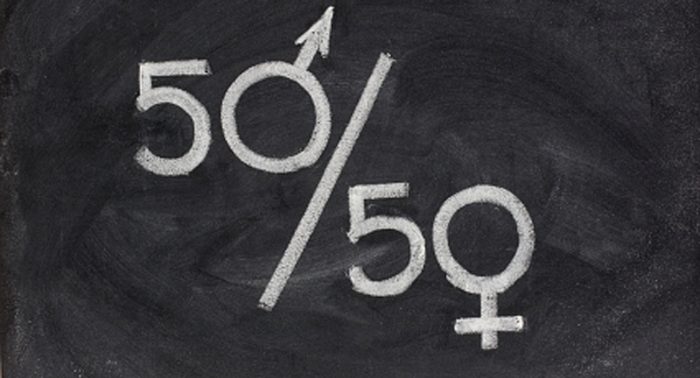search the site
How 2018 led the ground for women in shipping

How 2018 led the ground for women in shipping
Taking into consideration the need for a more holistic approach towards gender diversity, shipping is constantly showing an increased interest in augmenting the role and presence of women in a traditionally male-dominated industry. According to WISTA, Norway was ranked first in gender equality in maritime, where women account for 42% on company boards.
WOMEN IN SHIPPING | 11/01/19
Lead by example
IMO shed its efforts in 2018 to raise awareness on the issue, with the decision to set ‘Empowerment of women in the maritime sector’ as the theme of World Maritime Day for 2019, organizing also several trainings for women in port management, as well as the first International Conference of Women in Fisheries.
Additionally, following approval by IMO Council, WISTA is able from 2018 and beyond to use its consultative status to promote diversity. Meanwhile, IMO awarded the International Maritime Prize for 2017 to Mrs. Birgit Sølling Olsen, former Deputy Director-General of Danish Maritime Authority.
These moves from shipping’s foremost regulatory agency came along various other initiatives from shipping organizations and associations:
ETF, ECSA join forces for women in European shipping
ETF and ECSA announced plans for joint actions to increase women’s participation in European shipping:
- An Awareness-raising campaign for career opportunities both at sea and ashore dispelling ‘outdated perceptions of the industry’.
- Measures to recruit and retain women, such as ensuring the provision of female-friendly facilities onboard or promoting shipboard cultures that ensure dignity of all crewmembers.
- Gender policies in the workplace, including development of training modules on gender, policies on work-life balance, as well as policies on bullying and harassment based on the ECSA- ETF guidelines.
UK sheds gender equality efforts
UK has been at the forefront in the fight for gender balance with key highlights:
- the signing of the ‘Women in Maritime pledge’ by major British businesses and trade bodies,
- the establishment of a Taskforce to address fairness by Maritime UK and
- the launch of ‘women in maritime charter’ by Maritime UK.
Women onboard
2018 brought an increase in the number of female Captains, with the appointments of first female captains onboard a Red Funnel’s ferry, AIDAsol and BW LNG’s ‘BW GDF Suez Everett’. Also, Greek ferry operator Hellenic Seaways appointed the first female First Engineer onboard a merchant ship in Greece.
Women in management
Women were also promoted in key management positions in 2018:
- EMSA Administrative Board nominated Ms. Maja Markovčić Kostelac as next Executive Director
- Sadan Kaptanoglu was selected to become BIMCO’s first woman President in June 2019
- Quah Ley Hoon is appointed as Chief Executive of MPA Singapore, from 1 January 2019.
Key causes of low participation of women in shipping
1. Image: shipping is often perceived by the general public as a harsh sector to work in
2. Working conditions: long periods away from home make it difficult to reconcile work and family life
3. Male domination: since there are so few women working in the industry, work at sea is often perceived as a job for boys and men. Therefore, such gender stereotypes and discrimination may deter potential female applicants.
Credit: SAFETY4SEA

















